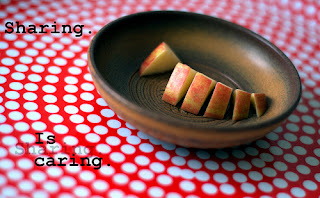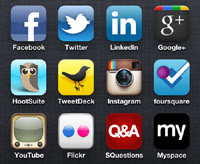 |
| Hope Solo. JMR Photography. |
Here's some things to consider next time you're tempted to start a public disagreement:
1) Does your beef really need to be on Twitter? This is the most public, unfiltered, exposed way you can start a conflict. Just because you need to say something, it doesn't mean you need to say it where else where millions of people will see or hear it. Solo could have just called Chastain privately and said, "Hey, we're all in the same gang, right?" I've heard Chastain be very complimentary to other teams - maybe she is just trying to avoid favoritism? A private talk could have cleared things up, but Solo lost her chance.
2) A little grace always makes you look better, and being defensive always makes you look bad. If Solo had held back, we'd all be talking about how hard Chastain is being on the team instead.
3) Do answer your critics, and consider what channels you'll use. Chastain has toed a firm line, saying she's "just doing her job," and has pointed out ways in which she's' complemented Solo's skills. She's resisted the temptation to get on Twitter herself and stuck to traditional corporate media to fit the image she's hoping to maintain.
4) Think about your audience. One of the many criticisms of Brandi Chastain's commentary is that it doesn't really tell the audience what's happening in the game. Does the audience really want to know what the team is doing wrong? Maybe a little, but most of us really need a basic guide as to which players are doing what.
How do you handle criticism of your organization? Please let me know in the comments.
Related Posts
How to Feed the Social Media Content Beast
How to use Twitter for Listening















